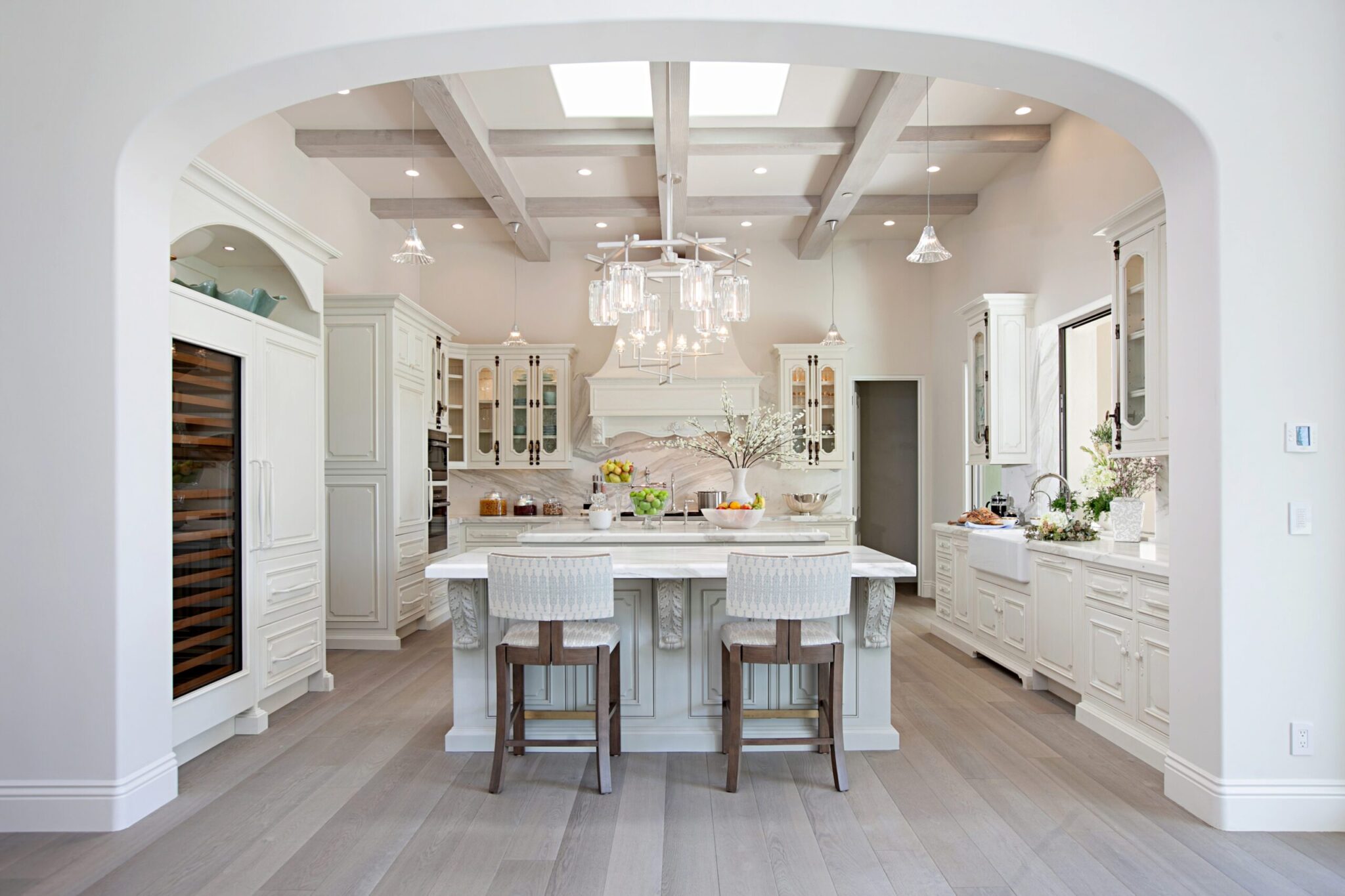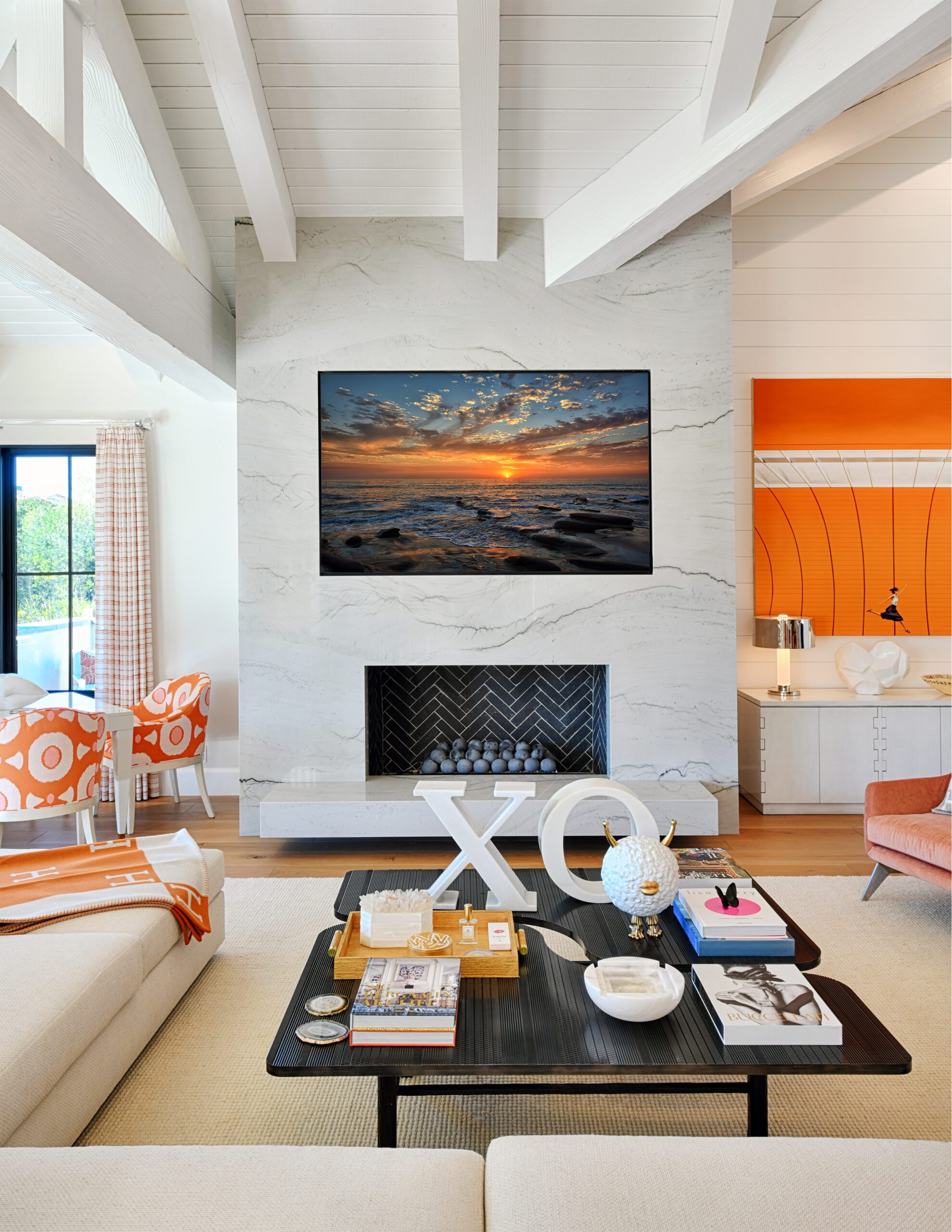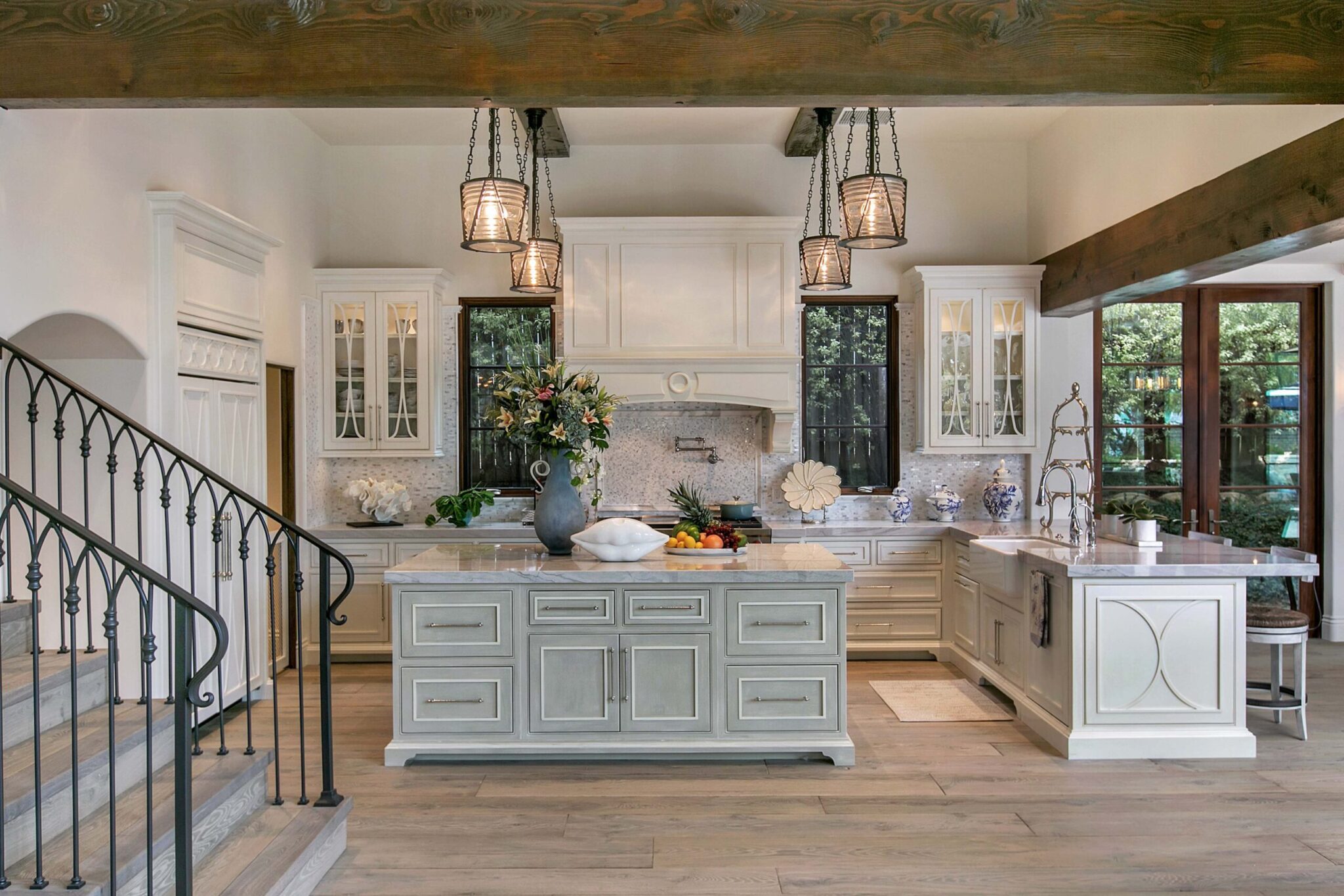Studio apartments are an increasingly popular living choice, especially for those in urban areas or seeking a more minimalist lifestyle. However, the open floor plan of a studio presents unique challenges when it comes to organization, privacy, and functionality. The key to mastering studio living lies in creating distinct zones for different activities within a single, unified space.
Without the luxury of multiple rooms, it’s crucial to effectively use design strategies that provide a sense of privacy and purpose while maintaining a seamless flow between spaces. Whether it’s the need for a dedicated sleep area, work zone, or entertainment space, zoning can help you maximize the use of your square footage without compromising style.
In this comprehensive guide, we will explore practical solutions for dividing a studio apartment into functional zones. From utilizing multifunctional furniture to employing clever room dividers, you’ll discover effective techniques for transforming your studio apartment into a highly efficient and aesthetically pleasing space.
What Is Zoning in a Studio Apartment?
In a typical apartment, walls and doors naturally divide the living space into distinct rooms for specific functions—bedrooms, kitchens, living rooms, and so on. In a studio apartment, however, these boundaries don’t exist. Zoning is the design strategy used to create a sense of separation, allowing different areas to serve different purposes.
Zoning helps to define spaces within a studio without building physical walls. The goal is not only to create privacy but also to maintain visual openness and flow. The trick lies in establishing functional areas that cater to your everyday needs—whether it’s sleeping, working, or relaxing—while ensuring the entire space still feels cohesive and connected.
Zoning allows you to craft a multi-functional environment. This technique is particularly useful for people who want to make the most of limited space, turning it into a well-organized home with different “rooms” that still feel like one unified space.
Why Zoning Is Important in Studio Living
One of the main challenges of studio living is that everything happens in the same room. Without clear division, a studio apartment can easily feel cluttered, chaotic, or too busy. Zoning helps to solve this problem by establishing organization, creating designated areas for specific tasks or activities, and maintaining a sense of order.
Here are some key benefits of zoning a studio apartment:
- Maximizes space: Zoning helps you make the most of the available space, giving you the flexibility to allocate certain areas for different purposes—sleeping, working, and relaxing.
- Improves functionality: Zoning enables you to use multifunctional furniture, custom-built solutions, and smart storage, so each area serves multiple purposes.
- Creates privacy: Even without traditional walls, zoning allows you to establish boundaries between zones, helping you to create some level of privacy.
- Enhances organization: By segmenting the apartment into zones, it’s easier to organize items, which reduces clutter and makes the space feel more functional and efficient.
- Adds personality: Thoughtfully zoning a space lets you define each area with personalized decor and styles that reflect your needs and personality.
By dividing your studio into zones, you can create distinct spaces within one cohesive design. But how do you create these zones? Let’s explore some key techniques.
Techniques for Creating Zones in Your Studio Apartment
1. Use Furniture as Dividers
One of the most effective ways to create zones in a studio apartment is through furniture. This approach doesn’t require any structural changes or costly remodeling. Instead, you use furniture pieces to create subtle visual barriers between different spaces.
- Sofa as a divider: A sofa can act as a natural divider between your living room and sleeping area. A deep sofa or sectional with a backrest can delineate these spaces while offering comfort and style. You can even choose a sofa with hidden storage underneath to maximize the utility of the space.
- Bookshelves and shelving units: Tall bookshelves or open shelving units are fantastic for dividing spaces. They can be placed strategically to separate the living area from a workspace or dining nook. These pieces also provide storage while maintaining an open feel.
- Console tables or sideboards: Placing a console table or sideboard in between zones can create division without feeling too restrictive. These pieces are ideal for a dining area or entryway space that needs a clear boundary from the living area.
Using furniture as dividers creates a flexible and non-permanent solution, perfect for renters or those who want to avoid a heavy-handed separation of spaces.
2. Incorporate Sliding Doors or Screens
While open-concept living is one of the defining features of studio apartments, having the ability to close off spaces when necessary can provide much-needed privacy and flexibility. Sliding doors or room screens can be installed to create adjustable boundaries.
- Sliding glass doors: For a modern and sleek solution, sliding glass doors work beautifully. These can be used to separate the sleeping area from the living area while offering a transparent barrier that maintains visual connection between the zones. Glass is especially useful when trying to maintain the feeling of openness.
- Fabric or wooden screens: For a more affordable or temporary solution, consider using fabric or wooden screens to create flexible zones. These can be moved or adjusted depending on the needs of the space. Consider floor-to-ceiling curtains to divide the sleeping area, which can be drawn back to open the space up when needed.
Sliding doors and screens allow you to control privacy and separation while maintaining an airy and open feel when desired.
3. Use Rugs and Textiles to Define Spaces
Rugs, textiles, and even wall hangings are effective ways to define areas in a studio apartment. By placing a rug in each zone, you can subtly divide the space while adding comfort and style.
- Area rugs: Placing an area rug in the living room, one under the dining table, and another near the bed can help delineate each space. Rugs can also enhance the visual appeal of a room by adding color, texture, and warmth.
- Textiles for walls: Textile wall hangings or fabric screens can be used to create boundaries in a non-permanent way. Fabrics come in a range of textures, colors, and patterns, offering endless possibilities for customization.
The tactile nature of textiles can add depth, warmth, and coziness to your studio apartment while maintaining the necessary zoning.
Maximizing Multiuse Furniture
In a studio apartment, multiuse furniture is your best friend. Furnishing with versatile, space-saving pieces can drastically improve the function and flow of your home. The trick is to select furniture that can easily transform based on your needs, ensuring that your space remains flexible.
Convertible Sofas and Beds
A sofa bed or futon can serve as both a seating area and a sleeping area. During the day, the space feels like a living room, while at night, it quickly turns into a comfortable bed. Lofted beds or bunk beds are also great for freeing up floor space in the room below for other activities.
Storage Ottomans and Benches
An ottoman or bench that doubles as storage allows you to hide clutter while offering additional seating. These pieces are perfect for a studio, where space is at a premium and every item needs to serve more than one purpose.
Expandable Tables and Folding Furniture
An expandable dining table or folding desk gives you the flexibility to adjust your space as needed. Whether you’re hosting guests or working on your computer, these pieces can be adjusted to suit the moment’s needs.
Maximizing Vertical Space
In a studio apartment, it’s important to think beyond the floor. Vertical space can be an invaluable resource when it comes to organizing and zoning your home.
- Floating shelves and wall-mounted storage solutions are perfect for creating storage without using precious floor space. They can hold books, décor items, or even serve as additional storage for everyday items.
- Hanging racks and hooks are another great way to keep items off the floor. Wall hooks near the entrance can hold coats, bags, and hats, while hanging racks in the kitchen can organize utensils, pots, and pans.
Vertical Dividers
For further zoning, consider using vertical dividers such as tall bookshelves, room dividers, or even hanging plants to divide space. These can segment the room and provide both functionality and visual appeal.
Designing for Function and Style
While zoning is crucial for the functionality of a studio apartment, it’s equally important to maintain a cohesive design. The style of your studio apartment should feel unified, even as you create separate areas.
- Color schemes: Choose a consistent color palette that flows throughout the space, ensuring the zones don’t feel disjointed. Soft neutrals like gray, white, and beige can be used to create a neutral backdrop, while bolder accents can define each zone.
- Cohesive furniture choices: Select furniture that complements the entire space. A minimalist approach works well, where each piece is functional, sleek, and multi-purpose.
Conclusion: Zoning Transforms Small Spaces into Versatile Living Areas
Zoning your studio apartment not only maximizes the space you have, but it also makes it feel functional, organized, and stylish. Whether you use furniture dividers, sliding doors, or lighting strategies, each element plays a part in creating a balanced living environment.
With these zoning strategies in place, your studio apartment can serve multiple purposes without feeling crowded. You’ll have dedicated spaces for sleeping, working, relaxing, and entertaining—all within a small footprint.
The right zoning approach helps you optimize your space, improve its aesthetic appeal, and create a functional living environment that feels both spacious and cohesive.
At Kern & Co Designs, we specialize in transforming small spaces into functional masterpieces. Our expert team can help you design a studio apartment that fits your lifestyle, maximizes your space, and reflects your unique taste. Whether you need storage solutions, multifunctional furniture, or simply guidance on creating a well-zoned layout, we’re here to help you make the most of your home.



